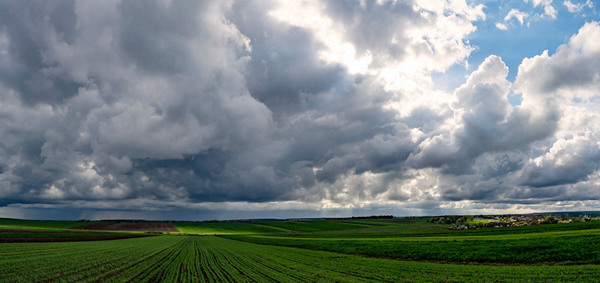The Kakhovka Hydroelectric Power Plant Dam Explosion: Immediate Consequences and Long-Term Impact on the Ukrainian Agricultural Sector
14 June, 2023 at 12:06
On June 6, 2023, the Kakhovka dam, which was the last step in the Dnipro cascade of power plants, was blown up. According to Ukrhydroenergo, it will be necessary to build a dam from the foundation, and it may take at least 5 years to restore the dam.
The water level decline in the Kakhovka reservoir has already led to the death of a large number of flora and fauna, desertification of the Kakhovka reservoir and its surroundings, and waterlogging of the land downstream of the hydroelectric power plant, which was drained 70 years ago.
In addition to the direct flooding of the Kherson region (and to a lesser extent some districts of the Mykolaiv region), other problems may arise:
- the risk of stopping water supply to the reactors of the Zaporizhzhia nuclear power plant;
- lowering the water level in the North Crimean Canal;
- reduction of water supply to irrigation systems in Kherson, Zaporizhzhia and Dnipro regions;
- termination of drinking water supply to certain cities and villages;
- possible suspension of industrial enterprises in the region due to lack of water supply.
Short-term consequences
The short-term consequences primarily include flooding of farmland and agricultural constructions.
The Ministry of Agrarian Policy of Ukraine expects about 10 K ha of agricultural land to be flooded on the right bank of Dnepr river and several times more areas on the left bank of the river. Also, more than 100 k MT of grain and oilseeds stored at the elevators were lost on the right bank due to the water wave impact, while the losses on the left bank cannot be estimated.
Stopping water supply to 31 irrigation systems in Dnipro, Kherson, and Zaporizhzhia regions. According to the Ministry of Agricultural Policy and Food of Ukraine, in 2023, only 13 irrigation systems are operating on the right bank of the Dnipro. The Kakhovka Hydroelectric Power Plant explosion effectively left 94% of irrigation systems in Kherson, 74% in Zaporizhzhia, and 30% in Dnipro regions without a water source.
Before the war, Kherson region was the leader in agricultural production on irrigated land (58%). Grain crops accounted for the largest share of total production on irrigated fields. Vegetable and rice production will be the worst affected, as these crops require the highest soil moisture.



